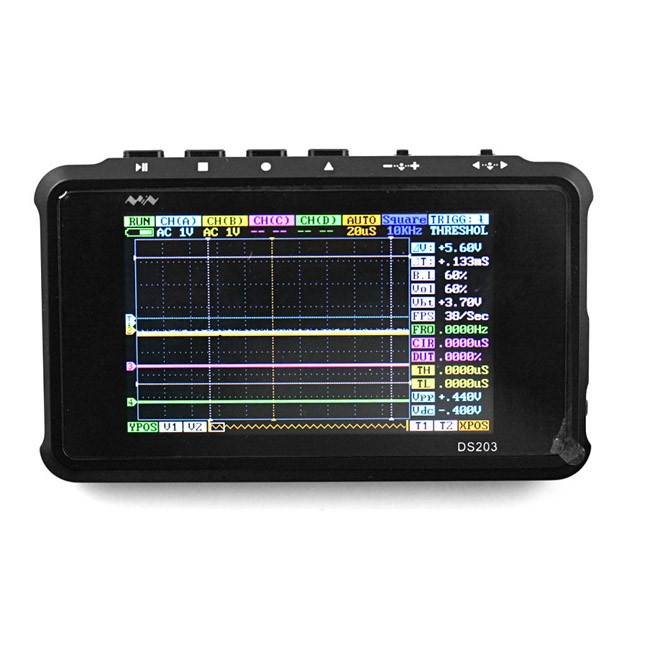Appreciate the input
TC: Thanks for taking the time.
Your advice and (Brant) is well taken for ACCT. Although I had read the spring that pushes most of the ratchet designs is stiffer than the OE spring, I can't say that would worry me to the point of rejecting the ACCT idea. I'm listening! Maybe I'll become a convert at the next valve shim.
Regarding the tach circuit, I think the fabled diode is in the headlight relay circuit, and the tach receives a straight shot from one of the stator windings- hence the negative and positive voltage peaks.
I think the regulator reaches maximum output voltage when RPM reaches 2500 RPM (yet can provide more current about 2500 RPM), but I think the signal to the tach is pre-regulator, so it did seem curious that the voltage seemed to saturate above 4k RPM. The frequency must increase, however.
Anyhow, I had to rationalize why I bought an oscilloscope for at a garage sale 5 years ago, so I finally did something with it!
Keep your kind advice coming.
TC: Thanks for taking the time.
Your advice and (Brant) is well taken for ACCT. Although I had read the spring that pushes most of the ratchet designs is stiffer than the OE spring, I can't say that would worry me to the point of rejecting the ACCT idea. I'm listening! Maybe I'll become a convert at the next valve shim.
Regarding the tach circuit, I think the fabled diode is in the headlight relay circuit, and the tach receives a straight shot from one of the stator windings- hence the negative and positive voltage peaks.
I think the regulator reaches maximum output voltage when RPM reaches 2500 RPM (yet can provide more current about 2500 RPM), but I think the signal to the tach is pre-regulator, so it did seem curious that the voltage seemed to saturate above 4k RPM. The frequency must increase, however.
Anyhow, I had to rationalize why I bought an oscilloscope for at a garage sale 5 years ago, so I finally did something with it!
Keep your kind advice coming.








 All together now: "Just one more thing!"
All together now: "Just one more thing!"
Comment